Archive View
Grid View
List View
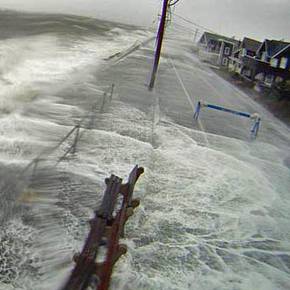
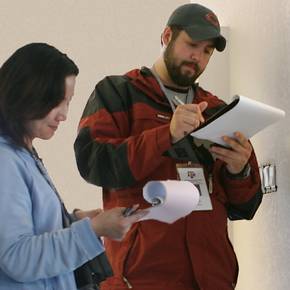
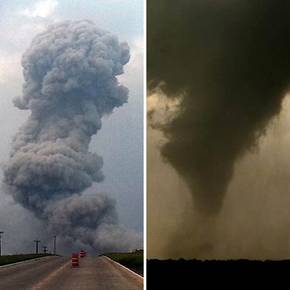
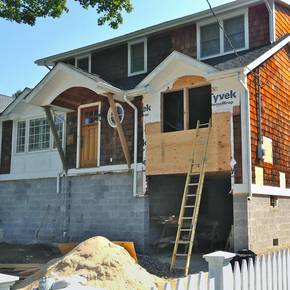

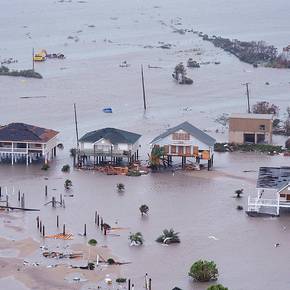
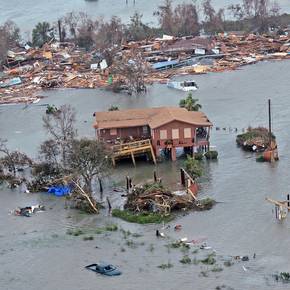
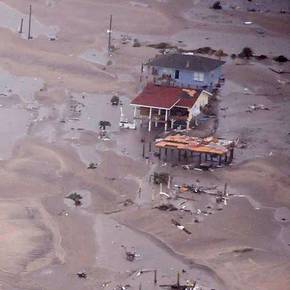
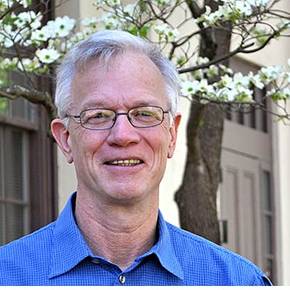
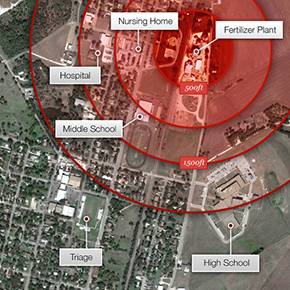
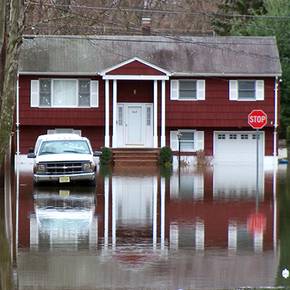
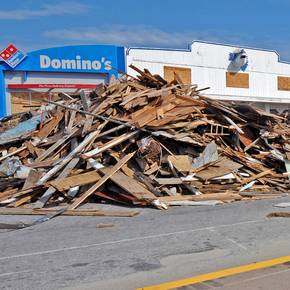

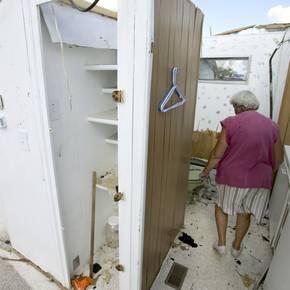
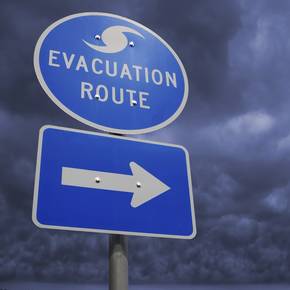
hazard reduction & recovery

Planning prof helps write paper urging coastal policy change
posted
August 4, 2014
To contend with the rapidly escalating threat of coastal flooding, government agencies need to adopt a new, fundamentally different strategy focused on flood prevention rather than recovery, according to a recent National Research Council report.
HRRC researchers find uneven effects of natural disasters
posted
August 4, 2014
Age, income and race are primary factors effecting the vulnerability of populations in coastal regions to climate-related natural disasters, according to a recent study by researchers at Texas A&M’s Hazard Reduction and Recovery Center.
HRRC comparing man-made, natural disasters in Texas
posted
April 30, 2014
A Hazard Reduction and Recovery Center team is investigating how recovery from a man-made disaster differs from a natural disaster as part of a National Science Foundation study focusing on the Texas towns of West and Granbury, which were hit, respectively, by a chemical plant explosion and a tornado.
Brody featured in FEMA video touting flood prevention tips
posted
April 29, 2014
A video touting how communities can avoid flood losses, available on the Federal Emergency Management Agency’s website, features Sam Brody, professor of urban planning at Texas A&M.

Two college profs recognized for research, teaching
posted
April 4, 2014
Two faculty members at Texas A&M’s College of Architecture have been recognized for outstanding research and teaching with 2014 Distinguished Achievement Awards from The Association of Former Students.

HRRC marks 25th year championing resilience, planning
posted
February 17, 2014
To mark 25 years of disaster-related research at Texas A&M University, many of the nation’s top hazard researchers are gathering on campus April 4-5 to present their latest work as part of the Hazard Reduction and Recovery Center’s “Planning for Disaster Resilience Symposium.”
Prof suggests ways to enhance community hurricane resilience
posted
December 4, 2013
Communities can improve their hurricane resilience by better protecting wetlands, diversifying their respective economies and building communication networks for socially vulnerable groups, said Sam Brody, Texas A&M professor of urban planning.
Faculty planning videos available on Planetzien site
posted
December 4, 2013
Planning professionals can learn the latest in hazard resilience measures from videos featuring presentations by hazard reduction and recovery experts from Texas A&M University. The online learning modules are offered by Planetizen, an information exchange urban planning website.

Land use planning expert returns to Texas A&M faculty
posted
November 26, 2013
Philip Berke ‘81, widely regarded as one of the nation’s top land use planning scholars, is returning to Texas A&M in 2014 to rejoin the urban planning faculty and help lead the university’s Institute for Sustainable Coastal Communities.
Nation's safety enhanced by resiliency studies
posted
July 15, 2013
Though natural and man-made disasters are inevitable, scientists at the Texas A&M College of Architecture are working on ways to minimize their impact, hasten recovery and gain valuable insight from the process.
Study shows 100-year flood plain not good flood loss predictor
posted
May 29, 2013
The 100-year floodplain, a longstanding metric for determining the chance of an area’s inundation by flood waters, appears to be an inaccurate measure for predicting potential flood-related loss, said Samuel Brody, professor of urban planning at Texas A&M.

Mapping at-risk populations aids hazard mitigation
posted
April 26, 2013
Emergency management planners could reduce losses and strengthen community resilience by mapping socially vulnerable areas and focusing hazard mitigation efforts where they are most needed, said Shannon Van Zandt, a Texas A&M urban planning professor.
HRRC investigating uncertainty’s role in hazard decisions
posted
February 15, 2013
In the first large-scale study of its kind, Texas A&M researchers are investigating how storm forecast graphics, such as those depicting potential storm paths with cone-shaped regions of uncertainty, influence public decision making during hazard events.

HRRC research featured in PBS' 'NOVA,' NY Times
posted
December 7, 2012
"Inside the Megastorm," a recent episode of the PBS series, "NOVA," was supplemented by research on effective flood mitigation strategies conducted by Hazard Reduction and Recovery Center research fellows Sam Brody and Wesley Highfield.
Study to forecast behavior during hurricane threats
posted
November 21, 2012
Lower Rio Grande Valley officials will have help planning regional hurricane evacuations from a study undertaken by researchers at Texas A&M’s Hazard Reduction and Recovery Center in collaboration with the university's Colonias Program.
Follow Us
Facebook Twitter Vimeo Youtube Flickr RSS
Recent Posts

Planning prof heads study of disaster housing aid
June 12, 2020

A message from the dean
June 2, 2020

Former student remembered as expert planner
April 16, 2020

Leading educator named new head of Architecture Dept.
April 1, 2020

COVID-19 tests given in student-built clinic
March 30, 2020



_thumbnail_small.png)
